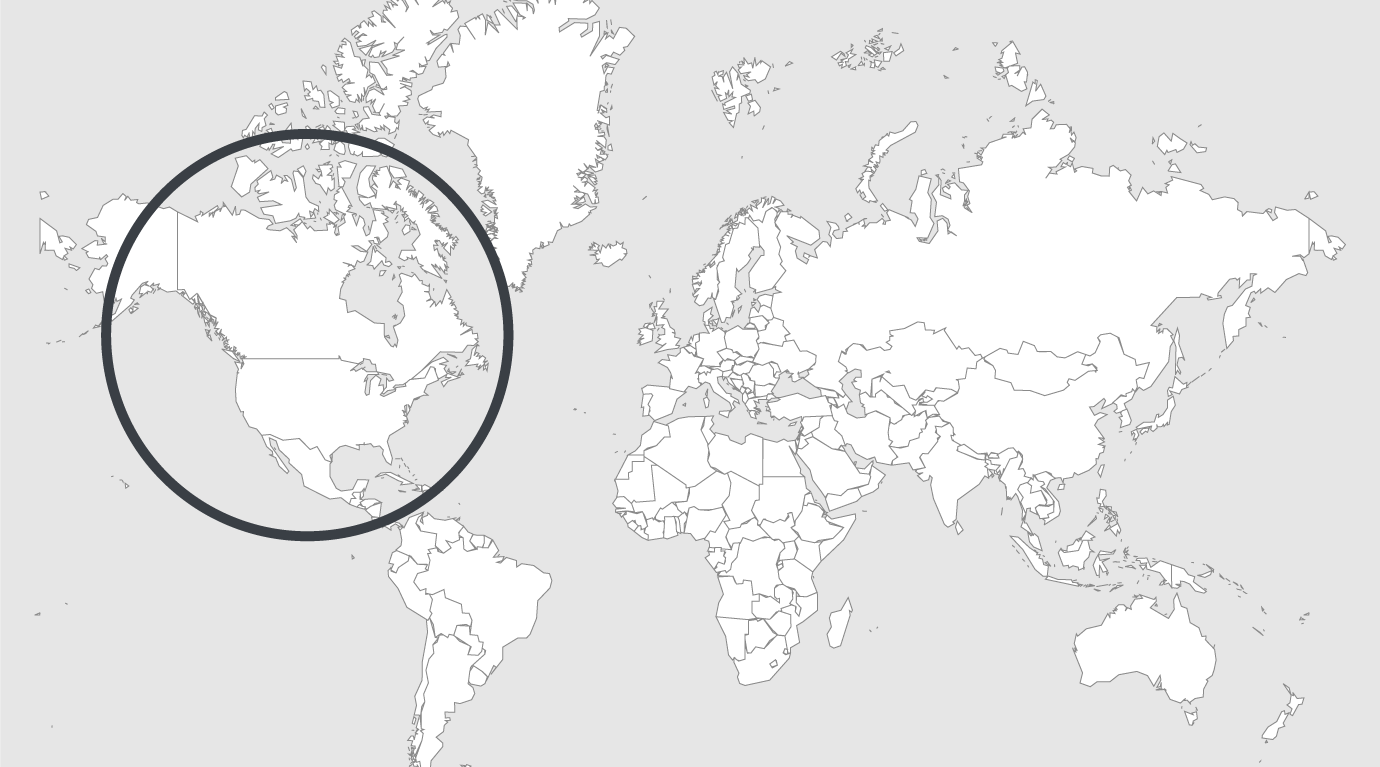
Explore
The true history of America's private prison industry
Before founding the Corrections Corporation of America, a $1.8 billion private prison corporation now known as CoreCivic, Terrell Don Hutto ran a cotton plantation the size of Manhattan. There, mostly black convicts were forced to pick cotton from dawn to dusk for no pay. It was 1967 and the Beatles’ “All you need is love” was a hit, but the men in the fields sang songs with lyrics like* “Old Master don’t you whip me, I’ll give you half a dollar.”* Hutto’s family lived on the plantation and even had a “house boy,” an unpaid convict who served them.
At the time, most prisons in the South were plantations. In some states, certain inmates were given guns and even whips, and empowered to torture those who didn’t meet labor quotas. Hutto did such a good job in Texas that Arkansas would hire him to run their entire prison system–made entirely of plantations–which he would run at a profit to the state. His ability to run a prison that put money into state coffers would later attract the attention of two businessmen with a new idea: to found a corporation that would run prisons and sell shares on the stock market.
Prisons had been privatized before. Louisiana first privatized its penitentiary in 1844, just nine years after it opened. The company, McHatton, Pratt, and Ward ran it as a factory, using inmates to produce cheap clothes for enslaved people. One prisoner wrote in his memoir that, as soon as the prison was privatized, his jailers “laid aside all objects of reformation and re-instated the most cruel tyranny, to eke out the dollar and cents of human misery.”
Much like CoreCivic’s shareholder reports today, Louisiana’s annual penitentiary reports from the time give no information about prison violence, rehabilitation efforts, or anything about security. Instead, they deal almost exclusively with the profitability of the prison.
Like private prisons today, profit rather than rehabilitation was the guiding principle of early penitentiaries throughout the South. “If a profit of several thousand dollars can be made on the labor of twenty slaves,” posited the Telegraph and Texas Register in the mid-19th century, “why may not a similar profit be made on the labor of twenty convicts?” The head of a Texas jail suggested the state open a penitentiary as an instrument of Southern industrialization, allowing the state to push against the “over-grown monopolies” of the North. Five years after Texas opened its first penitentiary, it was the state’s largest factory. It quickly became the main Southern supplier of textiles west of the Mississippi.
Prison privatization accelerated after the Civil War. The reason for turning penitentiaries over to companies was similar to states’ justifications for using private prisons today: prison populations were soaring, and they couldn’t afford to run their penitentiaries themselves.
The 13th amendment had abolished slavery “except as punishment for a crime” so, until the early 20th century, Southern prisoners were kept on private plantations and on company-run labor camps where they laid railroad tracks, built levees, and mined coal. Former slaveholders built empires that were bigger than those of most slave owners before the war. Nathan Bedford Forrest, first Grand Wizard of the Ku Klux Klan, controlled all convicts in Mississippi for a period. US Steel, the world’s first billion-dollar company, forced thousands of prisoners to slave in its coal mines. Lessees went to extreme lengths to extract profits. In 1871, Tennessee lessee Thomas O’Conner forced convicts to work in mines and went as far as collecting their urine to sell to local tanneries. When they died from exhaustion or disease, he sold their bodies to the Medical School at Nashville for students to practice on.
Read full article.
